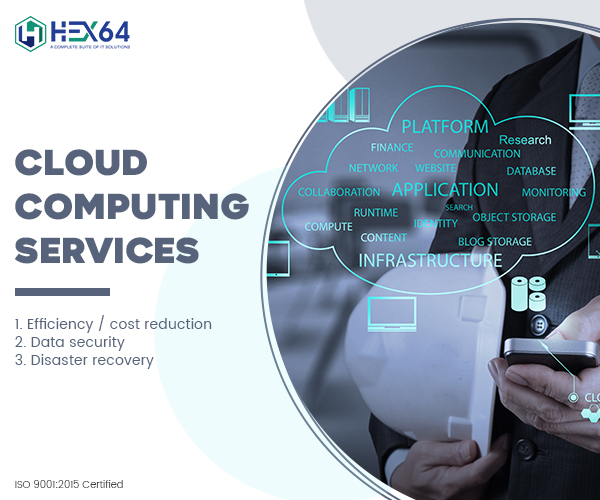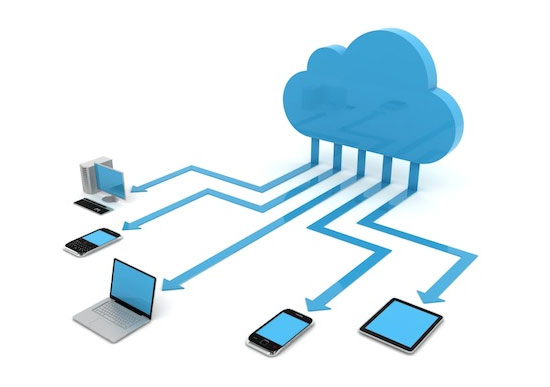A superior research company predicted that cloud computing would sincerely speed up digital transformation across organizations. In 2018, after a ten, cloud computing models go over from being ‘good to have’ to ‘must-have’ in approximates every business. Almost 60% of North American companies presently keep confidence in public cloud platforms. This is five times the percentage that exited five years ago.
Cloud computing models are no more perceived as a mere combination of cheap server and storage space. Cloud services have evolved to be an enabler that turns enterprise dreams into reality. In such a scenario, the hybrid cloud model is becoming increasingly popular. It combines the efficiencies of public clouds with control of the private cloud. The split between the two varies from one industry to another and from one organization to the other.
The hybrid cloud model is especially gaining momentum as leading public and private cloud OEMs such as Azure, AWS, Google, Alibaba, VMware, Cisco, IBM, and Nutanix are investing in hybrid cloud architectures. They have aligned their offerings with their vision of a hybrid cloud. Over the duration of time, legacy IT companies will also undergo a complete conversion. Infrastructure automation along with software-defined network and infrastructure will play a key role in the evolution. Applications migrating to the cloud or sourced from SaaS partners will rise.
Initially, skills, methods, and tools for legacy, software-defined and cloud will co-exist, and eventually will create cost pressure on IT companies to decrease the number of resources managing it. There will be a completely new set of skills to be upgraded by the existing workforce to make this achievable. The gaps in skills, methods, and tools between legacy and new IT companies’ models will decrease over time but both of them still have their own space. Eventually, the legacy has to reconstruct through a regular process, taking IT companies to the evolved state, completing the cloud revolution.
However, for companies looking to choose cloud services, the transition is not as smooth as it seems to be. Technical architectures alone don’t determine cloud services; they need various parameters collectively for the successful selection of a hybrid Target Operating Model.

Target Operating Model (TOM) for Hybrid Cloud
The TOM for hybrid cloud, in some ways, is significantly different and incompatible with legacy IT management models. A robust cloud platform brings different consumption and sourcing models, it brings changes in ITIL processes such as incident management, patch management, and CMDB among others. It requires new people (skills), governance, processes, tools, and controls to handle this.
At an organizational level, the chief must scheme for incorporating new training, skills, agility in a project team. At the process level, self-service provisioning is required along with verve in development and adopting DevOps frameworks. Transformation management now requires a 360-degree change. Identity and access management will distend across borders and automation starts getting into key methods. The new paths of software licensing are evolving simultaneously. DR strategies and backup methods differ, giving better and effective Recovery Time Objectives and Recovery Point Objectives.
Automation and orchestration play key roles in operating a hybrid cloud. The former addresses a broad range of agility problems, including handling ITIL incidents, application and service provisioning, cloud management, and maintenance operations. Service integration and DevOps enable catalog-based services and rapid application release, delivering agile and experience-oriented business. While a lot of work has already gone into defining service-oriented frameworks, the question of ‘how firms adopt a cloud TOM’ remains moot.
HEX64 IT Infrastructure Outsourcing helps in the overall transformation of the IT service delivery model and focuses on specific cost and performances.




